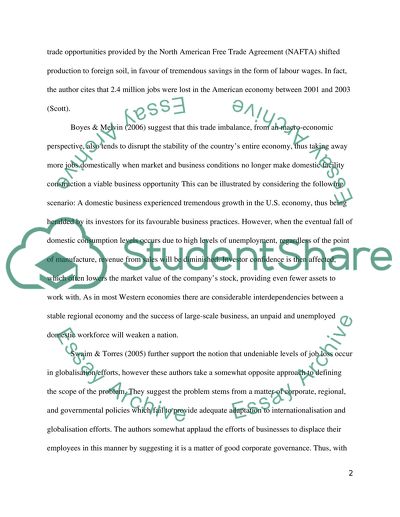Cite this document
(“Globalisation as a Catalyst for Western Job Loss Essay”, n.d.)
Globalisation as a Catalyst for Western Job Loss Essay. Retrieved from https://studentshare.org/macro-microeconomics/1543832-globalisation-as-a-catalyst-for-western-job-loss
Globalisation as a Catalyst for Western Job Loss Essay. Retrieved from https://studentshare.org/macro-microeconomics/1543832-globalisation-as-a-catalyst-for-western-job-loss
(Globalisation As a Catalyst for Western Job Loss Essay)
Globalisation As a Catalyst for Western Job Loss Essay. https://studentshare.org/macro-microeconomics/1543832-globalisation-as-a-catalyst-for-western-job-loss.
Globalisation As a Catalyst for Western Job Loss Essay. https://studentshare.org/macro-microeconomics/1543832-globalisation-as-a-catalyst-for-western-job-loss.
“Globalisation As a Catalyst for Western Job Loss Essay”, n.d. https://studentshare.org/macro-microeconomics/1543832-globalisation-as-a-catalyst-for-western-job-loss.


